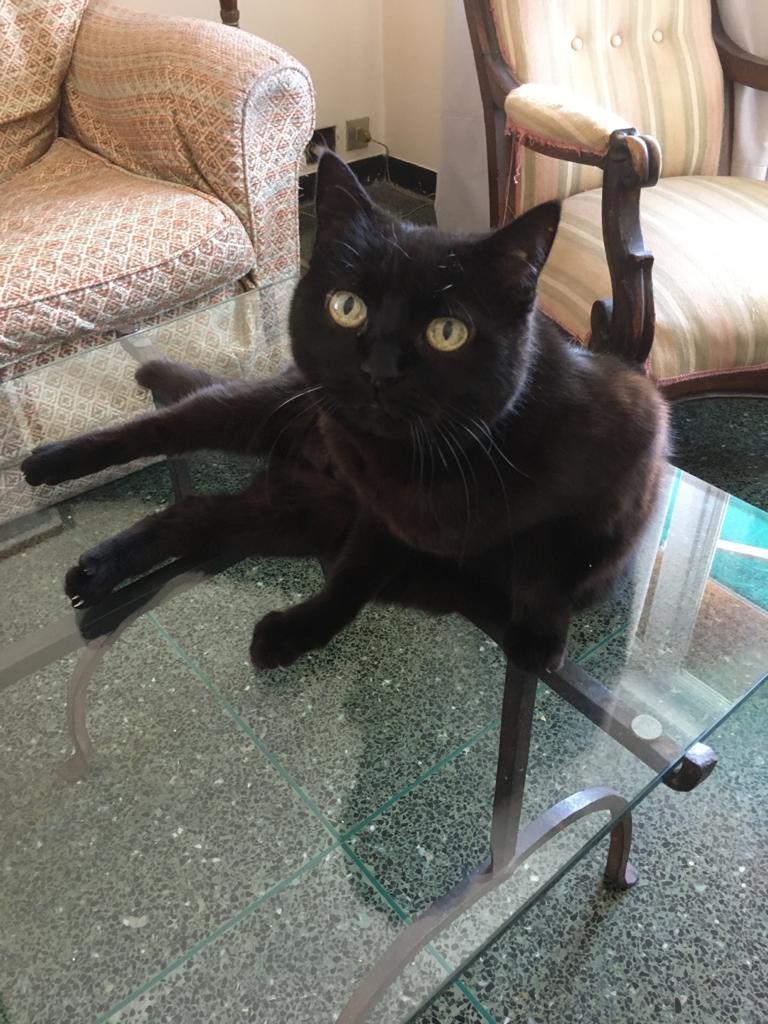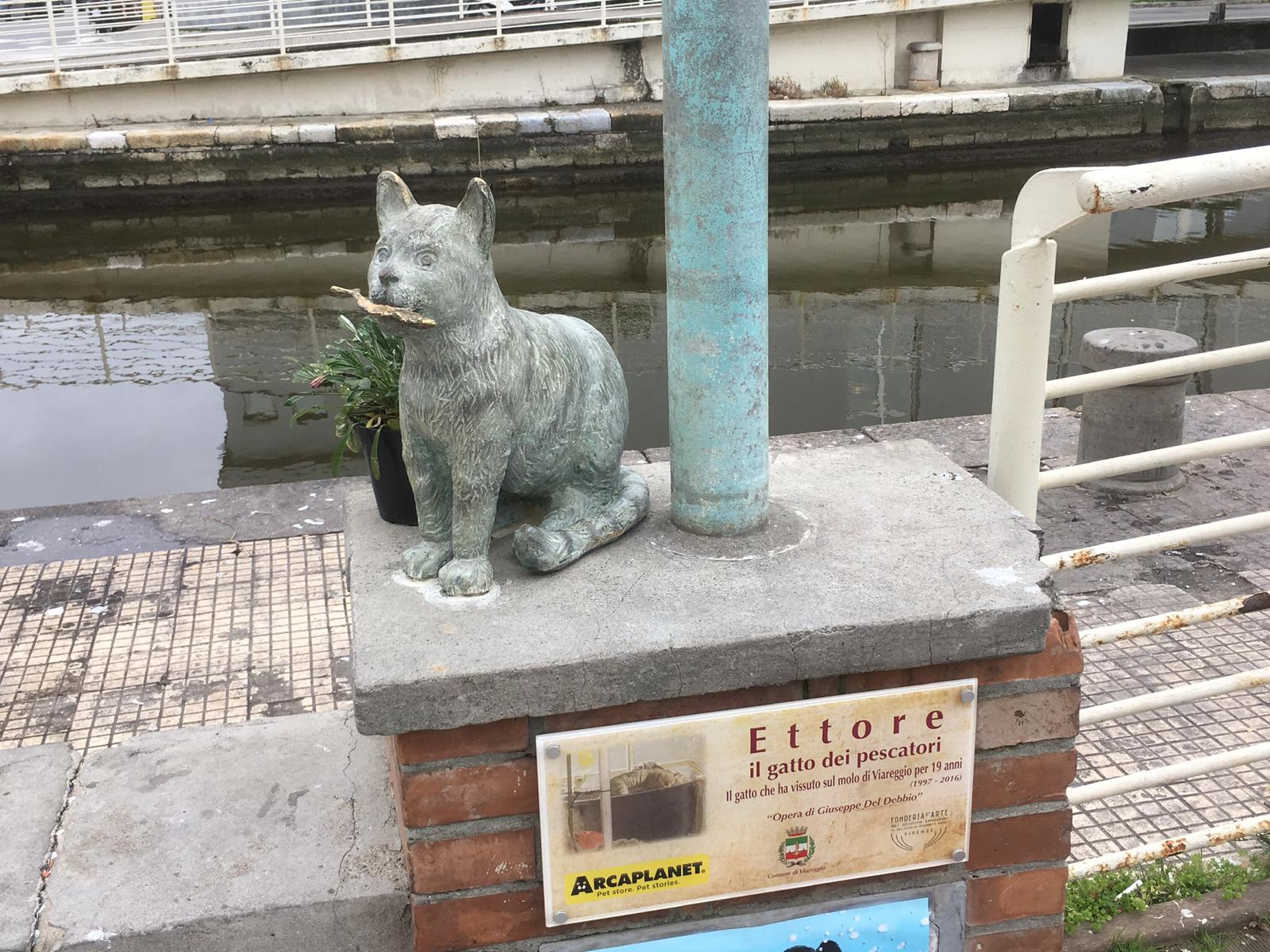 Strange title. What do monuments have to do with animals? Well, they do, they certainly do.
Strange title. What do monuments have to do with animals? Well, they do, they certainly do.
But first allow me to say this:
Now more than ever, confined to our homes due to the pandemic, trying to satisfy our eyes and spirit with images thanks to our smart devices, we are seeing that Nature is reclaiming its space and animals are resuming their innate behavior within that space.
Photos of ducks walking neatly in single file on crosswalks, safe and sound, deer crouching in the middle of freeways, wolves that venture near populated areas more than ever before. And the list goes on. And as if that weren’t enough, Spring comes along and decides to give us an abundance of days with clear blue skies. Bees, butterflies, and swallows, swoop, swirl, and do fanciful acrobatics in the sky. They have replaced the fluffy white streaks that airplanes make. I feel as if I haven’t seen a jet overhead since biblical times.
The more evil-minded probably believe that this is part of Greta Thunberg’s revenge.
No doubt, the young activist, committed to making the world aware of the problems regarding sustainability, environment, and nature, has played her part in changing how we perceive these topics.
Be that as it may, today we look at our dog ‘Fido’ and our cat ‘Kitty’ in a different light, the result of a process evolving over thousands and thousands of years beginning with the prehistoric hunting paintings in the cave of Altamira. Next were Ancient Egyptian animal deities followed by Homer’s epic poem in which Argos, Odysseus’s (Ulysses) faithful dog, awaits the return of his master to take his final breath. And finally we have the rather amazing and humorous humanization of Walt Disney’s animal characters (Darwin probably turned over in his grave) in unforgettable Disney animated films.
So it should come as no surprise that next to the great temples of music at Torre del Lago Puccini, Giacomo Puccini’s villa and the theater respectively, a bronze statue of the unforgettable dog, Pippo, very dear to the local population, stands near the Maestro’s statue.
On the inscription at the base of the statue, the dog is remembered thus:
“Pippo, a dog without a master, with a coat of brown
and golden eyes full of age-old sorrow and a peace rediscovered.
He lived 20 years on the promenade Puccini.
He appeared in 1977 with a deep bullet wound on his back but forgave and kept faith in mankind.
Adopted by the residents of the lake, he taught everyone the true significance of kindness, forgiveness, friendship, and freedom through everyday gestures.
Just like every human being he was imprisoned by life and time
but was witness to the magic of living life to the fullest with dignity
in keeping with his nature.
A story of mutual love between
man and man’s best friend.
Torre del Lago, December 2008”
Visitors will note that, paradoxically, the commemorative marble plaque on the wall of Giacomo Puccini’s home, less than ten meters away, has a less touching and celebratory dedication than the one engraved for the gentle, simple, popular and friendly four-legged Pippo.
So it can be assumed that the love for animals and the resulting statues erected in their memory must be inherent to the nature of the people of Viareggio.
Let’s move just a few kilometers away from Torre del Lago to Viareggio, where the Canal Burlamacca meets the seaside promenade, precisely near the pier of the marina. For the residents of Viareggio this is the heart of the city. For years, fishermen and their spouses have sold their fresh catch to the public right off their boats.
For lovers of figurative art, Viareggio and its sea are associated with one name above all: Lorenzo Viani. The early 20th-century painter, sculptor, engraver, and great designer ably portrayed the resigned despair of the poor seafaring people with realistic accents. The bronze statue remembering the artist is located here just steps away toward the sea. But closer to the fishing boats and the fish sellers, there is ‘Ettore’, a bronze statue of a cat holding a sardine in his mouth. Who is Ettore? Well, if you recall the streetwise Thomas O’Malley from the Disney film, The Aristocats, Ettore was similar. He was the most street-savvy cat of Viareggio’s pier.
His statue, located near a lamp post, is more stylized, lively, and amiable than the one of the good dog Pippo. The commemorative plaque is to the point yet expresses sincere love and gratitude: “Ettore, the fishermen’s cat”.

Can these two sculptures made out of love and affection for these creatures who share their earthly existence with us be considered works of art? I say, why not! More so than many pieces of marble, wood, and bronze left abandoned in the corner of some courtyard. Yes, granted, the latter may have been created by the mind of the speculative man, by an “artist”, but they are not imbued with the sentiment and feeling these unique and important memorials are. So long live Pippo and Ettore, flag-bearers of their similars, who certainly will not be forgotten by those who enjoyed their company and help with mutual respect and affection.
Gabriele